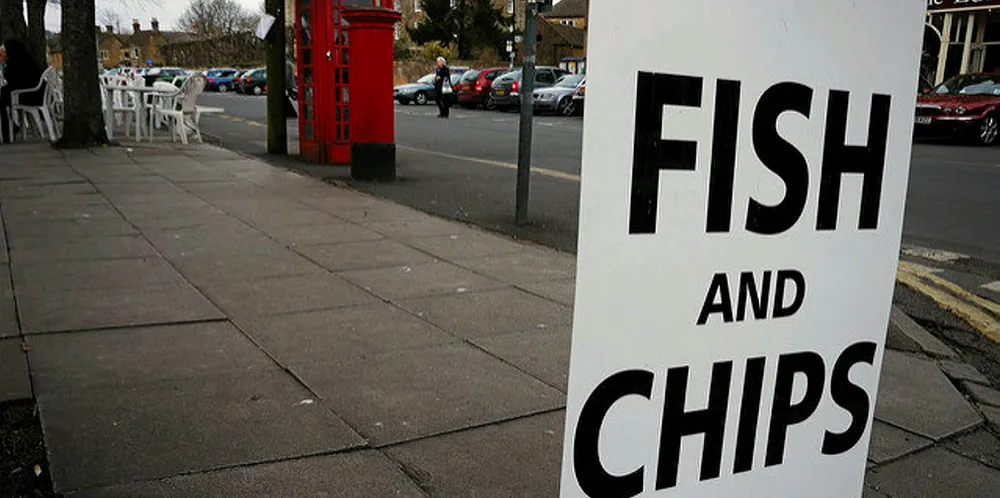UK fish n' chips industry fears 'no deal' Brexit will bite
Though a major chunk of imported frozen fish fillets are of Russian origin via China, consumers may still have to pay higher prices in the near future.

Though a major chunk of imported frozen fish fillets are of Russian origin via China, consumers may still have to pay higher prices in the near future.
